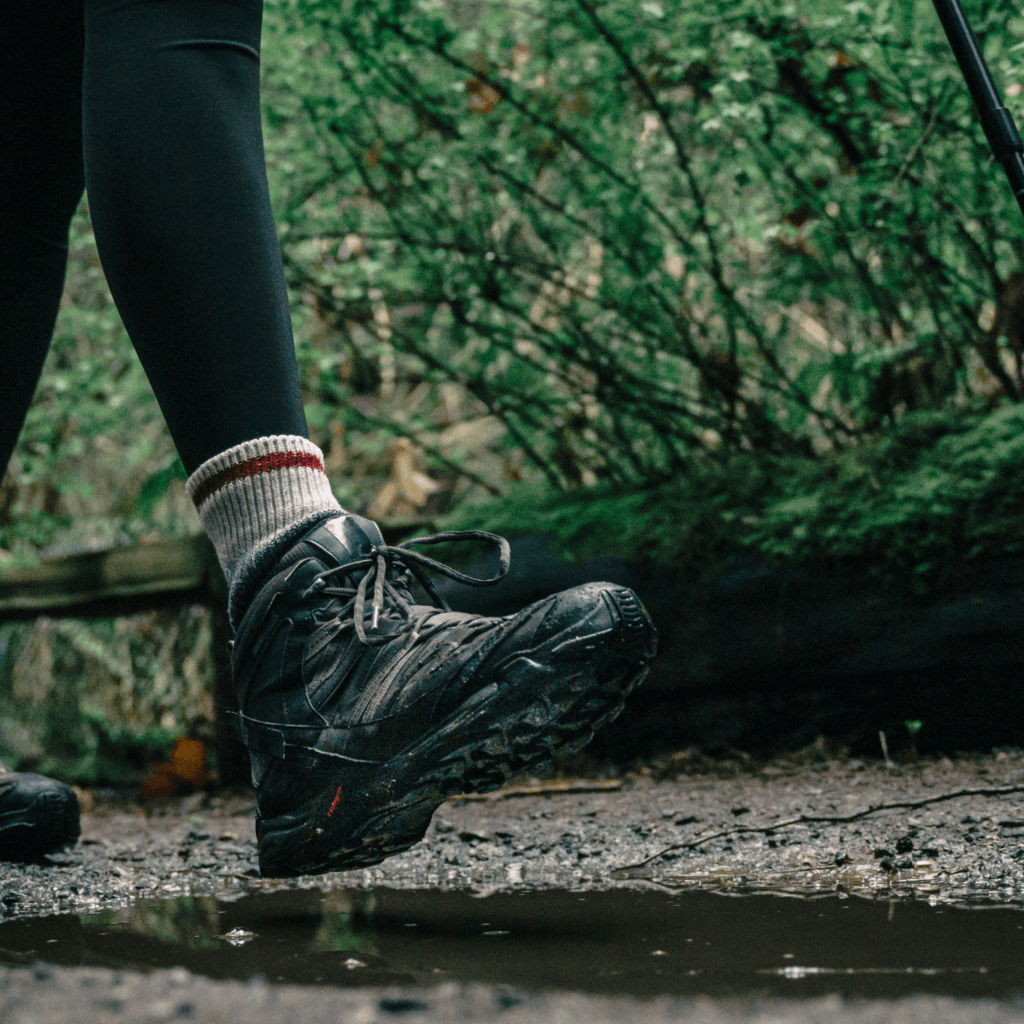I am almost done with Block One of my countdown training plan, and I have learned a few things that I wanted to share. (Check out last week’s blog post for the start of this story.)
I will start with the win.
3) Tidy up my diet (this was the third item on the plan, but it’s the biggest win so this is where I’m starting this post)
Nailed it. Cutting out sugar wasn’t as hard as it often is, and I have fully implemented my “leftovers” plan. I have mastered making homemade vegan pizza, which in small portion sizes is a healthy option for me. And the oranges in my local Trader Joe’s are amazing right now (they remind me of the ones you get on the Camino), so those are satisfying my sweet tooth.
And last thing on the food plan – a few years ago I had Invisalign braces. My teeth have moved some, so I am doing another round of treatment. In case you aren’t familiar with Invisalign, they move and align your teeth using a series of plastic “trays” that you wear 20 hours a day. The side bonus is that you can’t eat with them in, so no snacking! And every time you eat you have to brush and floss before putting the trays back in. Who wants to do that six times a day??? The result: less eating.
(I know that was a little off-topic TMI . . . but I wanted to make the point that my eating plan is supporting my Camino training plan. Things often go hand in hand. Just saying.)
And now the areas that need improvement.
1) Walk every day (except for Sunday)
This could have gone better, and I was reminded that it’s not enough to have a plan on paper. I have to actually take the time to arrange my schedule to fit in the time it takes to get to where I want to walk, do the walk, and get back home again. So simple, but such an uphill climb sometimes!
I was also reminded of some very important lessons that come into play when training for the Camino.
A. Start slowly.
That means – literally – don’t walk too fast. This isn’t a race. And when you are training to walk the Camino, time-in-the-boots is as important – maybe even more important – as the distance you cover.
Slowly also means to start with short distances and gradually build up to longer walks. Why? Because if you race into too-long or too-fast walks, you increase the likelihood of the Camino triple-threat: blisters, tendonitis, and plantar fasciitis.
B. Stay hydrated and carry snacks.
On one of my big uphill hikes, I thought my body had enough fuel because I had eaten lunch a couple hours before. But just as I reached my turn-around point I started to run out of energy, and I didn’t have any snacks with me. Fortunately, I had plenty of water, and I played a mental game to convince myself that water was the equivalent of food. Hydration is a contributing factor in tendonitis, by the way, and tendonitis can bench an untrained pilgrim for days.
Next time, I will bring snacks.
My favorite hiking snacks: almonds and other nuts, homemade granola, fruit roll-ups
C. Wear the right clothes.
This is the perfect time to test-drive any and all hiking clothes or rain gear you want to take on the Camino. Cotton shirts? Yikes are those ever uncomfortable when you’re sweating on the trail! Better to learn that now than when you are walking over the Pyrenees Mountains.
True confession: I skipped my walk the days it was raining, and I wore jeans for all of my recent hikes. I promise I’ll do better.
And in case you’re interested, check out this article from the American Hiking Society on the right fabrics to wear when hiking.
D. If you get new boots in the middle of your training, it’s back to (almost) square one.
I did this, yes I did. My old boots are the ones that caused the tendonitis, because they no longer offer sufficient support. So I bought some new boots. And new boots, as we know, need to be broken in. Or more accurately, my body has to get used to walking in the new boots. Muscles, tendons, and joints all have to adapt to the rigidity of the new boots as well as the added support they provide.
The good news is that I still have the same level of fitness – cardiovascular health, muscular strength – that I had with the old boots, so I am not going back to zero.
2) Strengthen my quadriceps
Nothing motivates like failure. In this case I am referring to how darn hard it was to hike down the mountain on my first couple of uphill/downhill training walks. Why? Because my quad-squat training is off to a slow start.
Quad strength is essential to get you – and your knees – safely down those steep descents on the Camino. It wasn’t all a bust, though, because I do go up and down stairs a lot during my workday. But here we go, a new commitment to three sets of 10 squats, twice a week.
How is your Camino training coming along? I’d love to hear! nancy@thecaminoexperience.com
Last time I checked, I still had a couple spots left in my September Camino Experience group. Want one of them?


